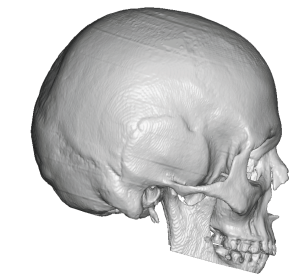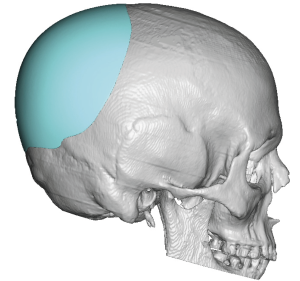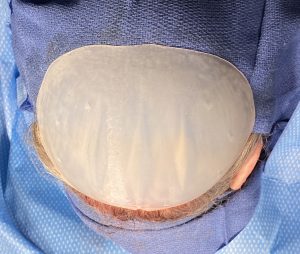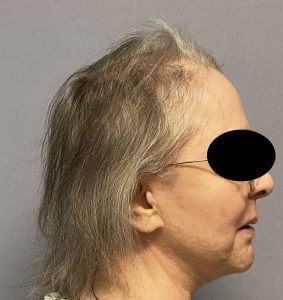Background: Augmentation of an undesired head shape is an aesthetic implant procedure done today that can be as successfully performed as any other face or body procedure. Because it is performed infrequently and by so few surgeons familiarity with the procedure is fraught with numerous misconceptions.These include a failure to understand why anyone would care about their head shape (particularly if they have hair), concerns that the procedure may not be safe due to its ‘proximity’ to the brain, the need for large scalp incisions to have the implant placed and a prolonged recovery.
But based on my experience with over 500 custom skull implants done over the past ten years, all of these perceptions about the procedure can now be clarified. As it turns out skull augmentations are one of the safest locations for aesthetic implants that have the lowest risk of potential complications of any aesthetic implant location that I have ever done. This is because skull implants are done on the outside of the skull bone over a well vascularized scalp layer. Thus their risks of implant infection or seroma formation are very low.
But what about a patient’s age? Is it safe to put in a skull implant in an older patient and is the recovery prolonged or more difficult?
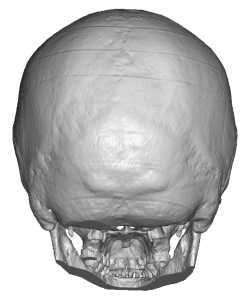
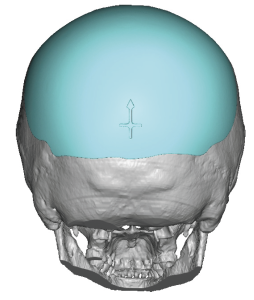
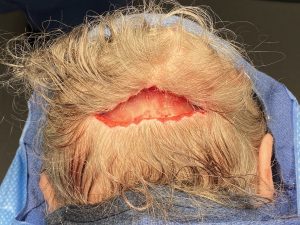

In an otherwise healthy patient age is not a limiting factor for elective aesthetic skull augmentation. The skull or scalp do not undergo any significant atrophic or age-related degeneration that I have seen. So there would be no reason that the implantation site would not respond similarly as that of a younger patient. The surgery is not that traumatic from a systemic standpoint so the swelling and occasional bruising are well tolerated and largely clear within seven to ten days after the surgery.
Highlights:
- Age has little impact on whether a head shape concern should persist or whether surgery can be done to improve it.
- A flat back the head is one of the most reasons for aesthetic skull augmentation
- An 80 year old patient can go through a custom skull implant procedure just as uneventfully as a much younger patient.
Dr. Barry Eppley
World-Renowned Plastic Surgeon



